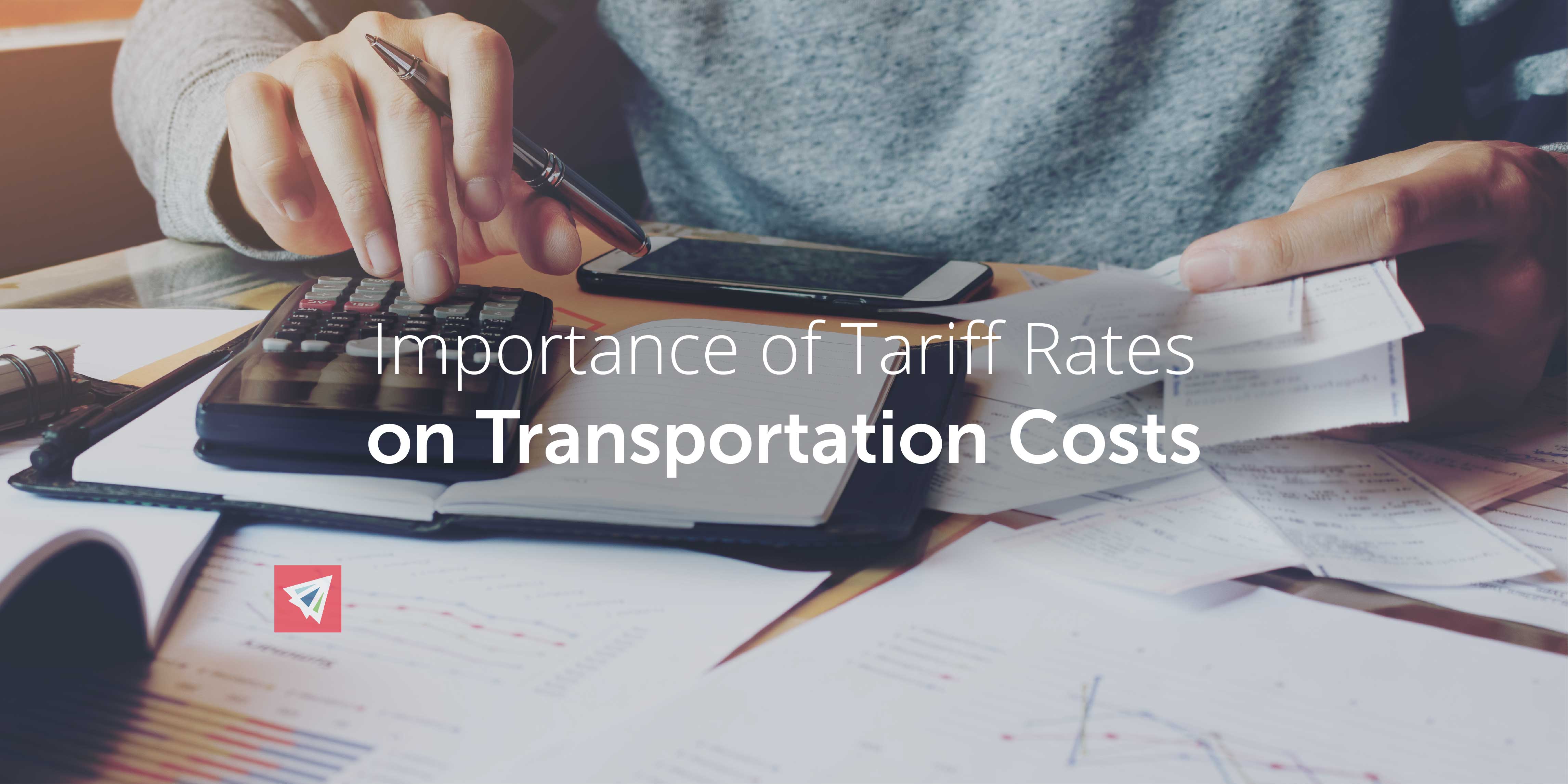Transportation costs are a lump sum of so many different individual pieces that it can get hard to track exactly where all expenses are coming from. Depending on your situation, elements such as product type, dimensions, weight, and mode of transportation will all affect your costs. While some costs are manageable, we all know that customs, taxes, and a variety of other factors are not controllable. But just because a cost isn’t controllable doesn’t mean it’s not important to understand.
Specific Tariff
A specific tariff is a tariff that is charged as a fixed amount of money per physical unit of the imported product. The advantage of this tariff is that it’s easy to apply on imports, regardless of their prices. It also protects domestic producers more during a recession, because consumers seek to purchase cheaper good. Specific tariffs raises the price of cheap imports, which discourages the consumption of these internationally produced goods.
The disadvantage of this type of tariff is that the degree of protection varies inversely with changes in import prices. It does not discourage consumption of imported goods that are relatively more expensive because the set amount of tax would be more negligent as the prices of foreign products increase.
A specific tariff will have a direct effect on transportation costs in a way that will either harm or benefit local producers. Those is the business of resale will often get hit bad by specific tariffs. Since the underlying objective of a reseller is to purchase goods cheap and sell them at higher prices, international producers often have cheaper goods than local businesses. However, with the added per-unit taxes associated with specific tariffs, and the fact that steep rates are assigned to many cheap foreign products, specific tariffs can have a lot of leverage on transportation costs.
Ad Valorem Tariff
An Ad Valorem tariff is a tariff that charges a fixed percentage of the monetary value of the imported product. Its advantages include the change in tax charges with varying import prices (unlike a specific tariff) and tend to maintain a constant degree of protection for domestic producers as a result.
A disadvantage of this type of tariff is that it taxes based on the value of the import, which is sometimes difficult to determine. This is why keeping accurate reports on your commercial invoice is incredibly important, however, businesses still tamper with their stated shipment value to drive costs down.
This means that Ad Valorem tariffs can fluctuate greatly depending on the stage of the product at its time of important. In other words, if a product is imported fully pieced together and ready to sell, it’s commercial value will be higher. Since this is indicated on the commercial invoice, and an Ad Valorem is based on the number claimed there, ready-to-sell products will have higher taxes than products that have yet to be pieced together. Thus, companies will often import products that require value-added services in order to reap the benefits of lowered Ad Valorem taxes.
Commercial Value: Don’t Mess With the WTO
Since Ad Valorem tariffs are charged as a fixed percentage of the monetary value of an imported product, but the monetary (or commercial) value is stated on documentation by the importer, the assumption remains that commercial value is sometimes viewed as an “honesty system.” However, the WTO has clearly stated that they, “aim for a fair, uniform and neutral system for the valuation of goods for customs purposes — a system that conforms to commercial realities, and which outlaws the use of arbitrary or fictitious customs values.”
This “fair” system is controlled by 6 factors:
- Transaction Value: The price to be paid by the actual buyer.
- Transaction Value of Identical Goods: If U.S. Customs questions the accuracy of your claimed value, they can assess the value of identical goods in the market to determine the correct pricing.
- Transaction Value of Similar Goods: If it is not possible for Customs to assess an identical good, they may resort to goods which are similar to determine prices.
- Deductive Method: As defined by the WTO, if value cannot be assessed by identical or similar goods, “it will be determined on the basis of the unit price at which the imported goods or identical or similar goods are sold to an unrelated buyer in the greatest aggregate quantity in the country of importation.”
- Computed Method: This is the most difficult and least used method, but it consists of adding the cost of production (material and manufacturing value), to the producer’s benefits and general expenses in addition to other pertinent costs.
- Fall-Back Method: If none of the above valuations prove effective, value can be determined using “reasonable means,” based on information available in the country of importation.
Conclusion
Tariff rates have a significant impact on overall transportation costs. While it is one of those “uncontrollable factors” in the sense that you cannot change your taxes, it is one to be mindful of. Understanding tariff rates may influence you to change your purchasing behavior when it comes to importing products, locally producing, or using value added services.
If you would like to understand more about tariff rates, or are curious as to why yours are so high, give one of our team members a call and we would be happy to help you!

One thought on “Importance of Tariff Rates on Transportation Costs”